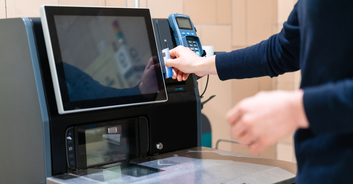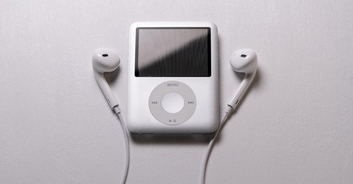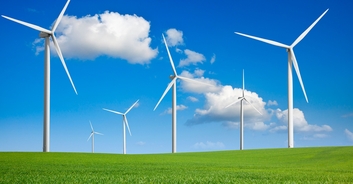Did you know that Jimmy Carter built an entire solar farm in his hometown and uses it to power half of the town?
That's right, after his four-year stint as president of the United States, the 98-year-old decided he was going to put his words into action in 2017 by leasing some land near his home in Plains, Georgia, and setting up his very own solar farm.
Stretching over 10 acres, the area now has 3,852 panels close to his own two-bedroom home that he shares with his wife. Though the project hasn't been up and running for a long time, it already powers half the town, generating 1.3 MW of power per year.
For reference, that's the equivalent of burning about 3,600 tonnes of coal!

In a press release for SolAmerica, Carter encouraged people to get behind the movement, stating that it was "critical" that we find "clean energy" sources "to [meet] growing energy needs around the world while fighting the effects of climate change."
"I am encouraged by the tremendous progress that solar and other clean energy solutions have made in recent years and expect those trends to continue," he added.
SolAmerica's executive vice president George Mori also spoke of the incredible project, saying: "There remains a great deal of untapped potential in renewable energy in Georgia and elsewhere in the US We believe distributed solar projects like the Plains project will play a big role in fueling the energy needs of generations to come."
The former president was way ahead of his time when he first started discussing renewable energy sources. Back in 1979, he put 32 solar panels on the White House in order to heat water throughout the residence.
During a speech given at the time, he said: "In the year 2000, this solar water heater behind me, which is being dedicated today, will still be here supplying cheap, efficient energy...
"A generation from now, this solar heater can either be a curiosity, a museum piece, an example of a road not taken or it can be just a small part of one of the greatest and most exciting adventures ever undertaken by the American people."
Fred Morse, the director of Carter's solar energy initiative, told Scientific American that "President Carter saw [solar power] as a really valid energy resource, and he understood it. I mean, it is a domestic resource and it is huge."
However, despite Carter's push for the alternative energy source at the White House, after his term, Ronald Reagan removed the panels when he came into power just a few years later.

Regardless, Jimmy Carter is really paving the way for green energy - it's about time other leaders take a page out of his book.










